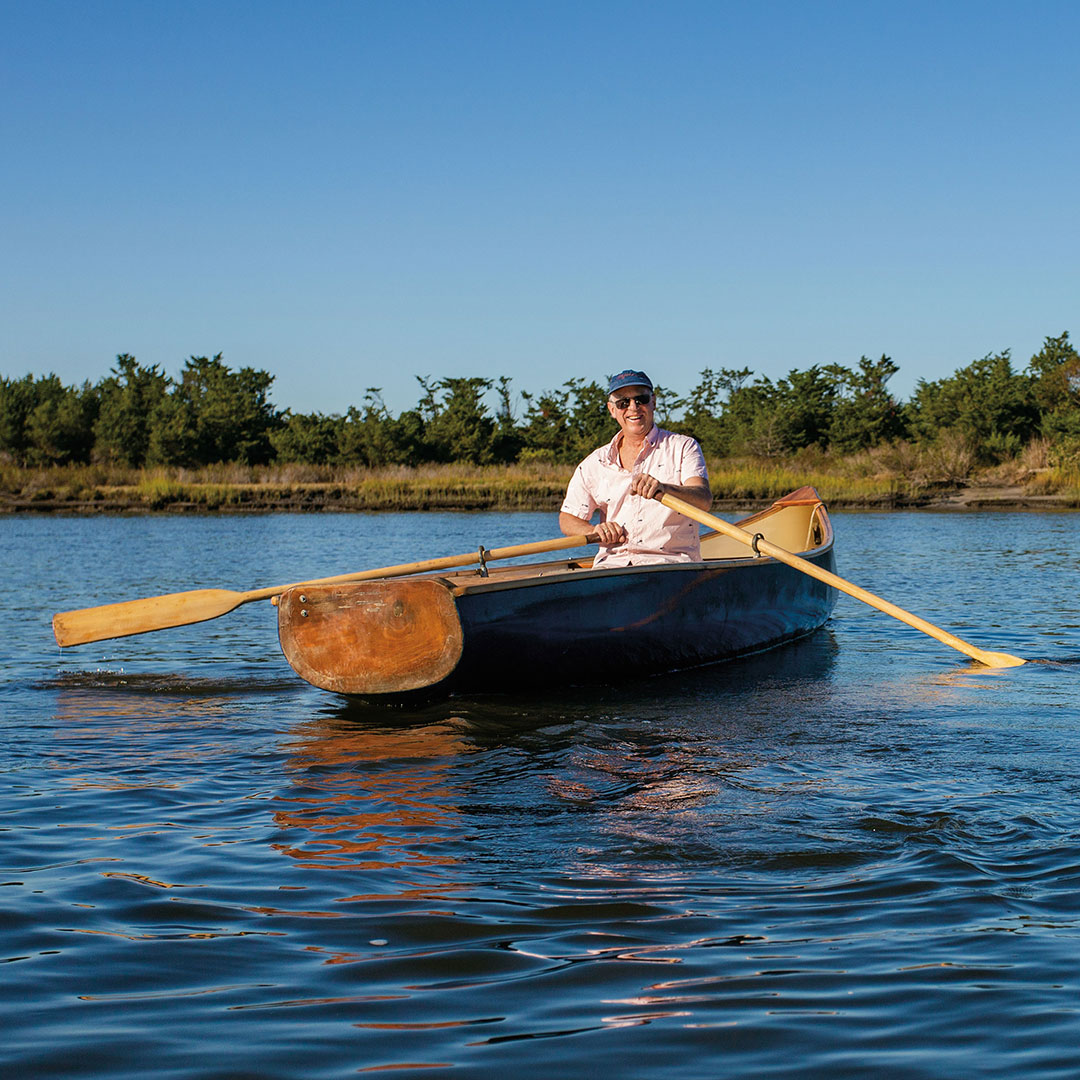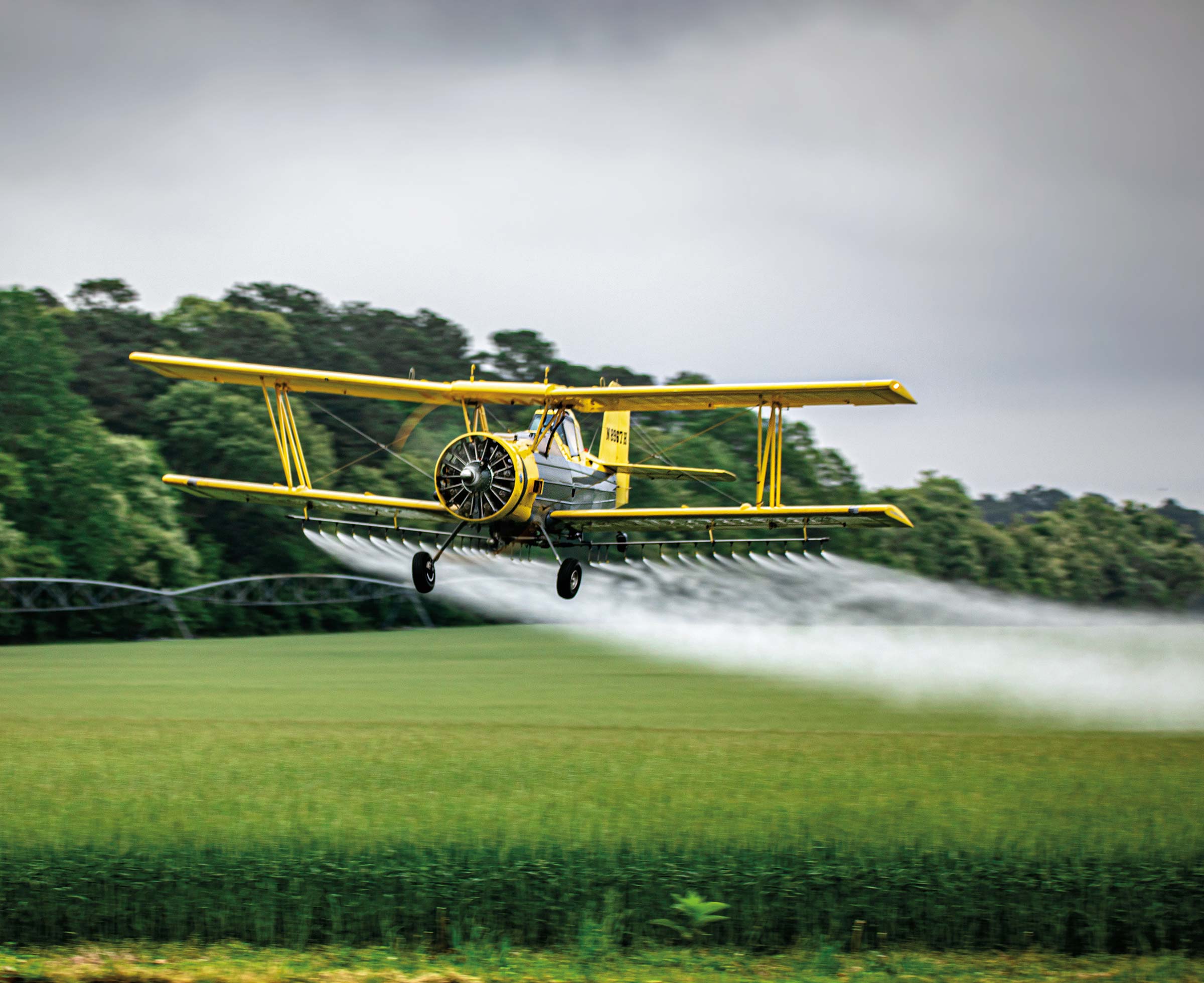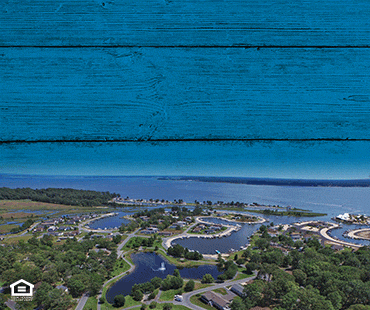Getting Lost
- Details
- Written by Alissa Rosenstein
A day of deliberate wrong turns makes everything right
By Bill Newcott | Photograph by Carolyn Newcott
From the April 2020 issue

For the seasoned traveler, there’s nothing better than getting lost. If you never get lost, you never discover anything.
Alas, getting lost isn’t as easy as it sounds — particularly if you’re determined to get lost in the place where you live. There are street signs everywhere. Familiar landmarks keep popping up. And you have to resist the urgent temptation to switch on your GPS, “just to see.”
Despite the challenges, I was determined to get lost in coastal Delaware for a whole day; to explore unfamiliar back roads; to meet people who didn’t know anybody I knew. And so one recent morning I kissed my wife farewell, hopped into my car, and set out to get utterly disoriented.
Of course, even getting lost requires ground rules. I decided on a specific starting point and a final destination, to reduce the chances of just driving around in circles all day. Point A would be the Fenwick Island Lighthouse, hard up against the Delaware/ Maryland border. Point Z would be Cape Henlopen, site of the Fenwick light’s long-lost sister, the beacon that fell from its sand dune pulpit in 1926.
They Put the ‘Craft’ in Watercraft
- Details
- Written by Alissa Rosenstein
Local boatbuilders ride a 600-year tide of history
By Bill Newcott | Photographs by Carolyn Watson
From the Holiday 2019 issue

The 20-foot-long, cobalt-blue lake canoe occupies much of the length of David Greenhaugh’s driveway. Even to a guy who doesn’t know a dinghy from a deck boat, the workmanship is striking, the artisan’s attention to detail unmistakable.
Just above the bow, the canoe’s triangular deck plate — made of hard cherry wood — is stained like a fine piece of living room furniture. Inside the canoe, the gloss of white paint is smooth enough to see my reflection.
Between the white inside and blue exterior, embedded in the long, sweeping starboard gunwale at the top of the hull, a thin red strip of stained wood runs its entire length. This is the only evidence that the shell of this canoe is constructed entirely of redwood.
Let Us Spray
- Details
- Written by Alissa Rosenstein
As coastal farmlands vanish, a longtime local crop-dusting family finds work farther from home.
By Bill Newcott | Photograph by Kyle Kaminski
From the October 2019 issue

The sound awoke me, and even before my brain kicked into gear, I recognized it: The dive-bomb roar … the seconds of near silence … the renewed urgency of an airplane swinging into another approach.
It was unmistakable. There was a crop-duster in the neighborhood. And he was very close.



